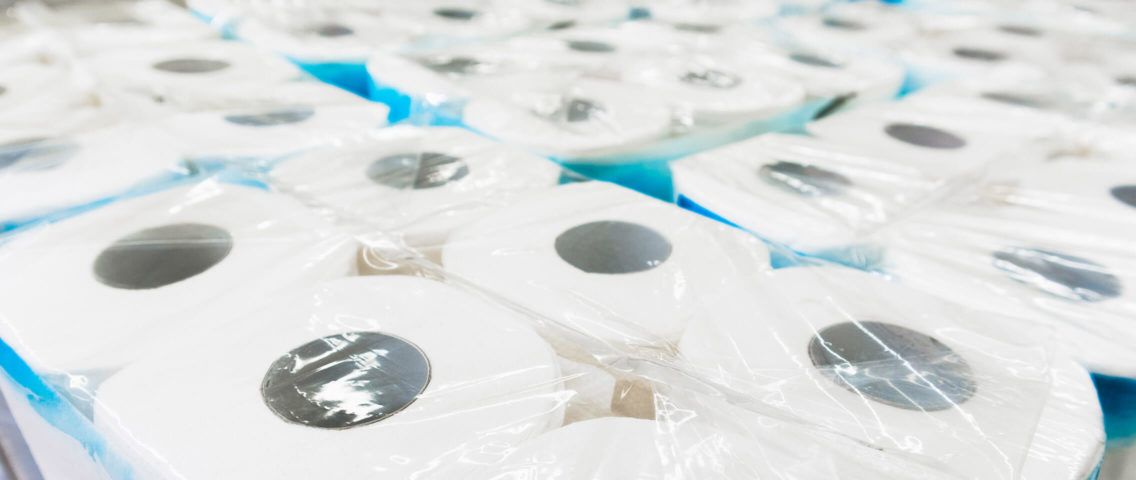Strategies to address demand variation between essential and nonessential goods
Apr 1, 2020 • 4 min
Right now, everyone in retail is seeing a significant shift in consumer demand related to the COVID-19 pandemic. On the one hand, there has been a spike in purchases of what people consider “essential” items, such as nonperishable foods, cleaning products, and hygiene products. On the other hand, we’ve observed a simultaneous decrease in recreational, luxury, and other “nonessential” items as people cancel leisure activities, gatherings, and events. Both patterns will eventually level out to some degree, but we expect unusual demand patterns to continue for the near future.
Retailers must make strategic decisions to effectively manage these unprecedented changes in both the short and long terms. We’d like to share RELEX’s best practices for managing demand for essential and nonessential items within a single environment.
Identify Impacted Products and Tie Them to an Event
It’s important for retailers to start by clearly identifying which items are undergoing significant demand change. Ideally, your demand forecasting solution automates this process, but your planners can do it manually as well. Though it will be time-consuming, this is a critical step during volatile demand periods as it will give you the insight into which items you should or should not react to.
The best method to identify impacted items is to compare the baseline forecast against actual sales for the current time period at both the product level and the product-location level. A notable difference will indicate a demand spike or decline. If you don’t trust your forecast accuracy, it’s best to make your determination based on sales figures alone. For example, you could compare recent sales with the past 60 days average.
Next, retailers should create an event in their planning system for the coronavirus and make sure all products with abnormal demand patterns are tied to it. By tagging impacted items within an event, you help planners in both the short and long term. In the short term, creating an event gives planners invaluable, at-a-glance visibility into which products are behaving normally and which ones aren’t. Rather than having to manage the entire inventory, they can trust their planning system to handle non-impacted items as usual while they focus on the exceptional items that require more attention.
Once demand has normalized, planners must turn their attention to cleaning out the effects of coronavirus sales from future forecasts. This process will be much easier with an event that can isolate the data impacted by coronavirus sales. This enables a swifter recovery to baseline forecasts once demand levels out, and it also ensures the planning system doesn’t misinterpret data abnormalities as seasonality.
Optimize Inventory Levels, Space, and Product Impact
Our customers have observed low demand for products like kitchenware, linens, and apparel — though it’s important to note that product demand will vary by business and each planning team should analyze their own data. Retailers should adjust by reducing inventory levels and even temporarily cutting back on assortments for low-demand items. In doing so, you free up shelf space that can be re-allocated to higher demand items that can generate cash flow. Markdowns and promotions will provide some lift in sales for nonessential items, freeing up both capital and space.
Increase inventory for items your system identifies as having high demand. Capital, shelving time, and shelf and storage space should be prioritized for any items identified as coronavirus-affected with increased demand.
In addition to inventory adjustments, retailers should review their store layouts to maximize shelf space for essential items while minimizing (but not eliminating) space for nonessential products. Increase facings for essential items to maintain availability for longer periods of time and reduce the amount of touches required to keep shelves stocked. For nonessential items, reduce the number of overall facings, but be strategic about how you display these items. Optimizing location and position can effectively capture shopper attention and increase the potential for impulse purchases, especially if combined with promotions and markdowns.
Finally, take a closer look at safety stock levels. Optimize backroom space to handle the influx of essential items by cutting back on safety stocks for nonessential items. You should also limit inventory, when possible, to what can fit on the shelf. Your inventory management system should be able to automate these processes.
Plan Effectively for Future Inventory Adjustments
Though retailers will be busy for some time managing short-term demand fluctuations, you should keep a mindful eye on future inventory trends and needs. One year from now, demand for both essential and nonessential items is likely to be very different from what it is today.
Even in the near future, unusual purchase patterns are likely to continue throughout the COVID-19 crisis. The initial spike in demand comes from panic buying, but when that phase ends, we expect consumers to shift toward “pantry-loading” behavior. As their stockpiles of nonperishable foods diminish, they may choose to refill their pantries with similar items for some time rather than return to their normal shopping patterns. Even if demand for canned goods isn’t astronomical, it will likely be higher than historical baseline demand.
At the end of the day, though, we really don’t know how consumer behavior will change after an event this large. If you’re among the many retailers whose supply chain has struggled to adapt to this volatility, you need to think about your long-term technology strategy. Look at flexible solutions that give your users the ability to quickly evolve your business processes to match changing needs as they arise. Though retailers are facing extreme challenges right now, they can strengthen their position by taking the proactive steps outlined in this article.




